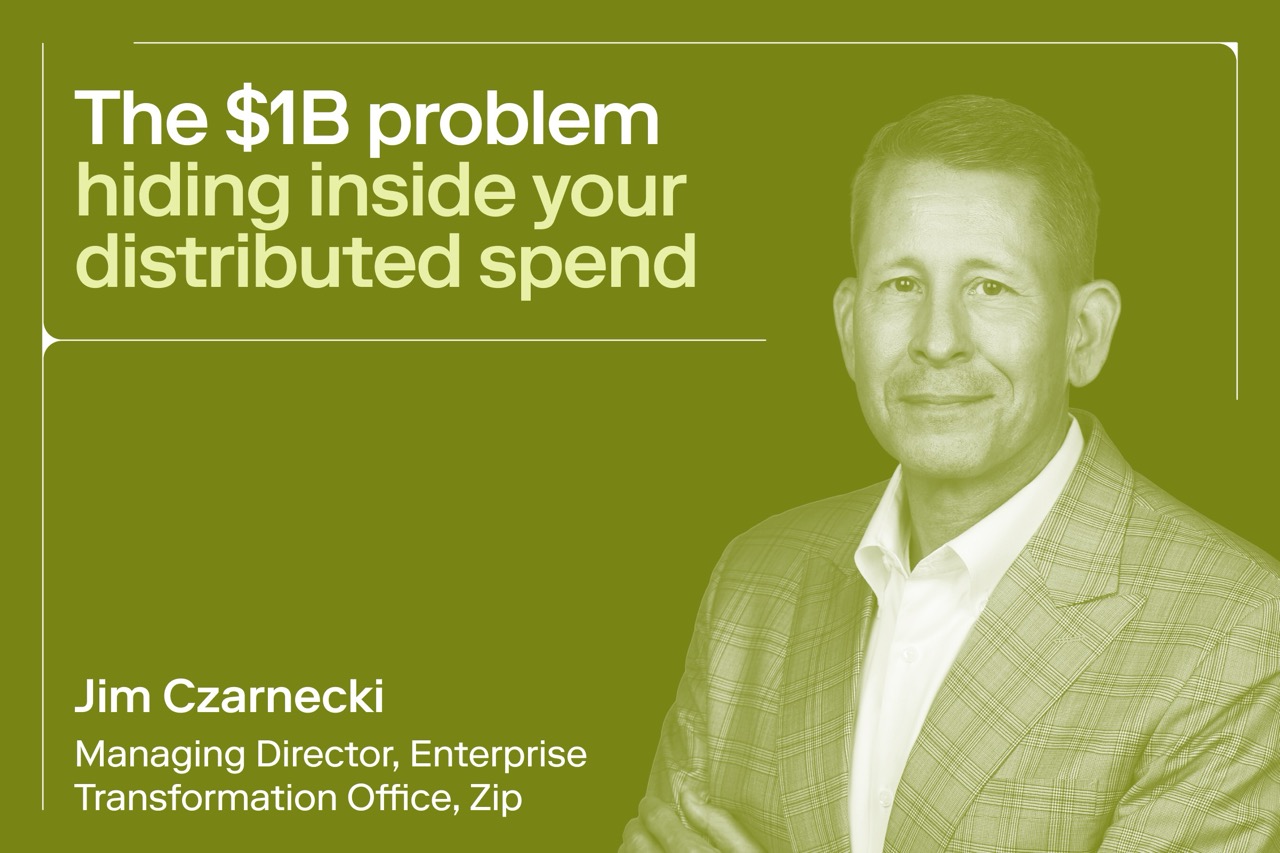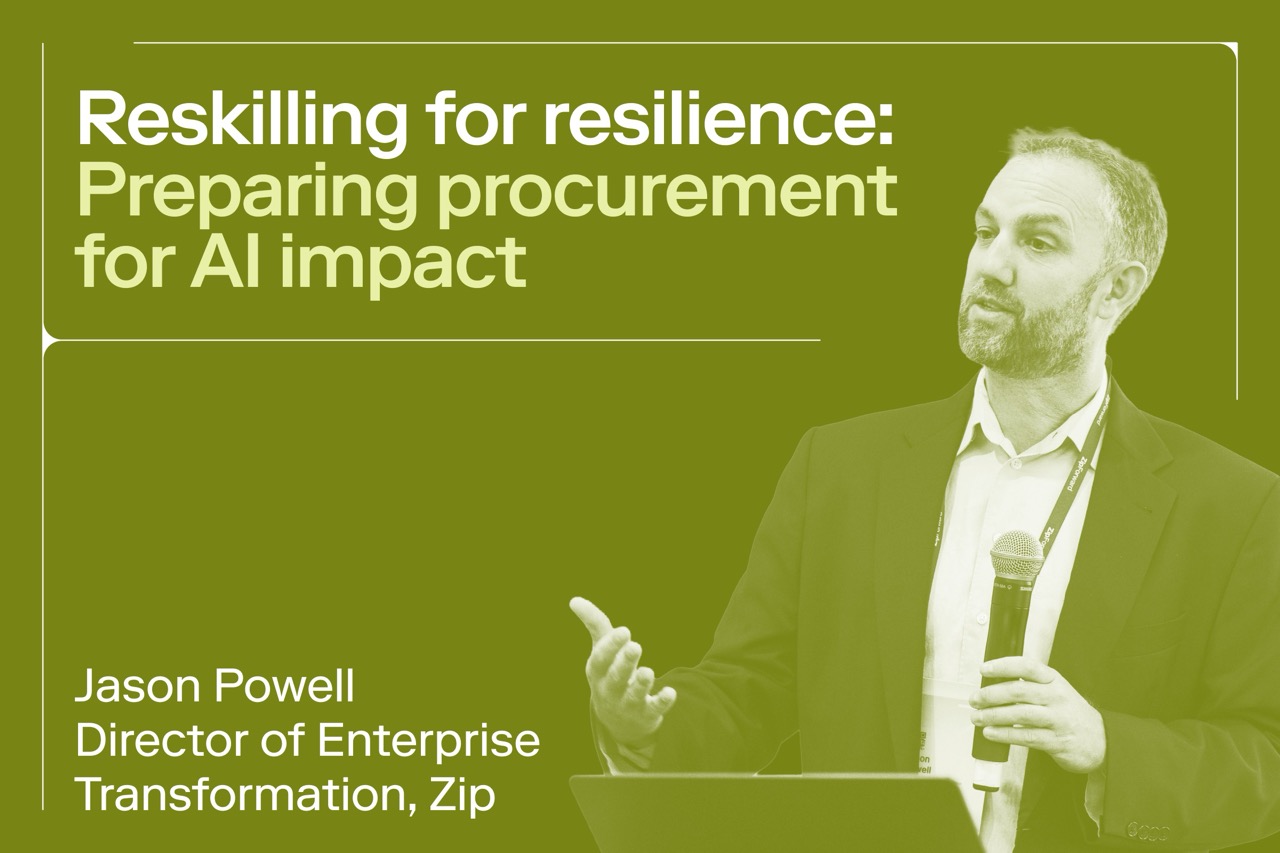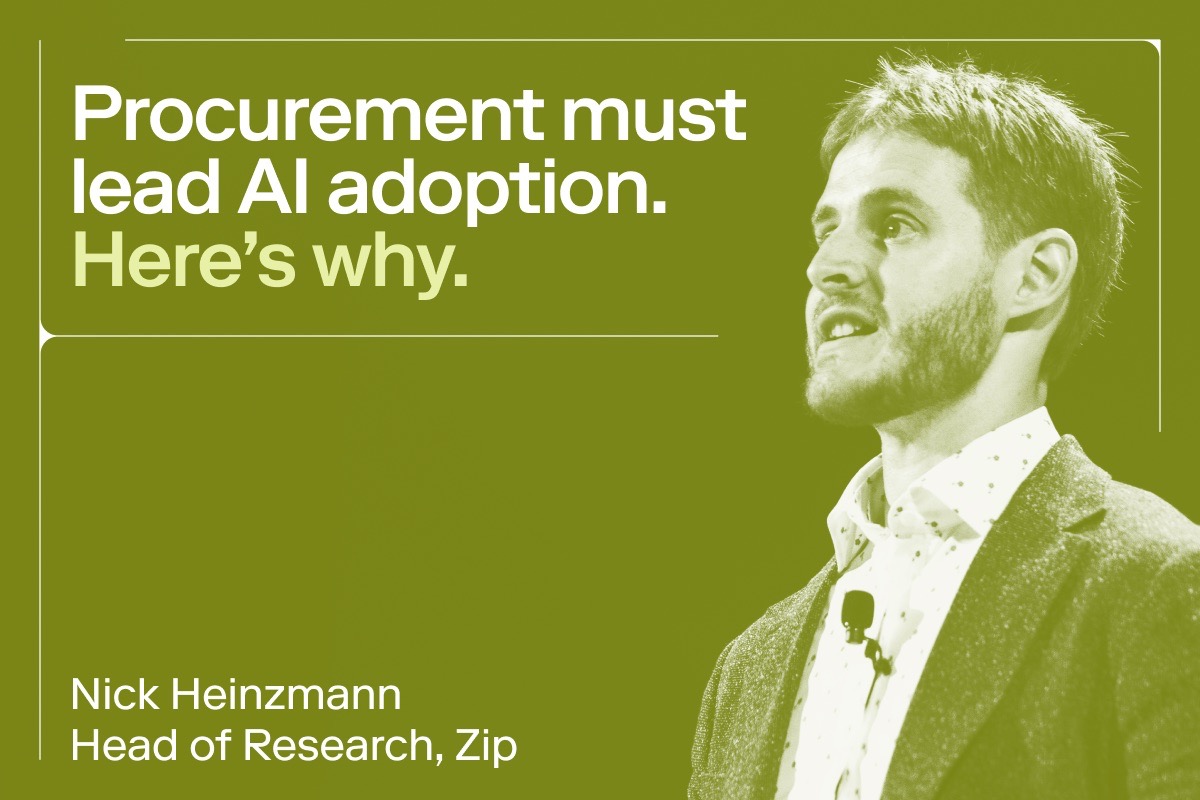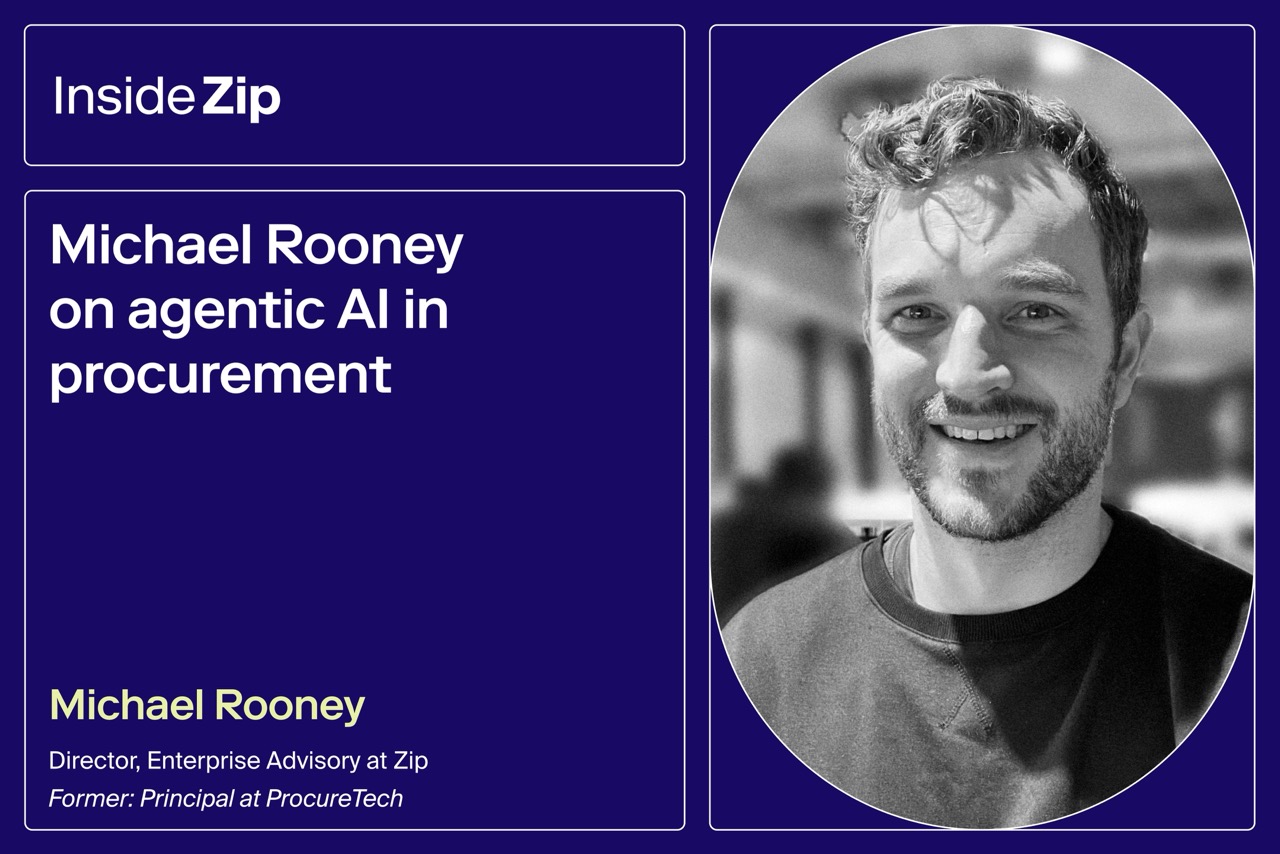%20Large.jpeg)
Why procurement must own global third-party risk
EMEA regulations are evolving. It’s time for procurement to get proactive.
%20Large%20Large%20Medium.jpeg)
Businesses face risk. That’s just the cost of doing business.
But the types of risks companies face today look very different from a few years ago, especially across EMEA where regulatory pressures are mounting.
Cybersecurity vulnerabilities. Data privacy concerns. AI-driven compliance gaps. ESG accountability. Financial reporting complexities. Many procurement teams are now managing risks they’ve never encountered before. Not to mention that the learning curve is steep.
The instinct in most organizations? Firefight! Rally the right people, solve the immediate problem, then move on.
The trouble is, this model does not scale.
Firefighting isn’t a risk management strategy
Most companies react to risk. When something breaks, when a vendor fails an audit or a new regulation creates exposure, they pull together the right teams and patch the problem.
The problem is what happens next.
- Teams move on to the next fire.
- Lessons aren’t documented or applied.
- The same risk appears again. Sometimes bigger, sometimes costlier.
Plenty of tools offer visibility into third-party risks. But surfacing a risk isn’t the same as resolving it.
And this is exactly where procurement can lead.
Procurement’s new role: ‘risk orchestration’
Third-party risks rarely sit neatly in one department. They ripple across functions:
- Data privacy risks involve security, legal, and compliance
- Financial compliance touches finance, tax, and IT
- ESG concerns span supply chain, operations, and executive leadership
Procurement is uniquely positioned to orchestrate these complex risk resolutions. Why? Because procurement already connects these stakeholders through its processes.
Think about it: what ‘procurement orchestration’ really means is routing an identified or alerted risk (financial risks from D&B or Rapid Ratings, Cybersecurity risk from Security Scorecard) through an organisation pulling the right teams in at the right moment; routing to the right systems (data privacy tools like OneTrust and more); all while ensuring nothing stalls until the issue is fully resolved and documented.
And now we're extending that orchestration through the entire risk lifecycle.
The power here is simple: You’re not asking the business to change how it works. You’re giving structure to what already happens—those “huddles” to solve a problem—but making them repeatable, coordinated, and traceable.
What’s at stake globally (but especially in EMEA)
Procurement teams increasingly operate at a global scale. But in EMEA, deep attention to risk is not optional. Due to shifting regulatory pressures, procurement teams must stage ahead. Consider these recently implemented regulations, and others that are in the pipeline:
- DORA: Operational resilience and third-party cyber risk
- GDPR: Data privacy and vendor data handling
- CSRD: ESG accountability across the supply chain
- ViDA: New digital tax reporting requirements
- EU AI Act: Risk classification and audit requirements for AI-driven tools
- German Supply Chain Act (SCDDA): Mandatory human rights and environmental due diligence across supply chains
Each of these layers adds complexity into procurement, not to mention the sky-high costs of failure.
📉 LinkedIn Ireland was fined €310M for GDPR violations tied to vendor data handling
📉 WisdomTree paid $4M for ESG compliance failures based on flawed third-party data
How Zip helps you accelerate global procurement
This is my core point: you should not be firefighting individual risks ad hoc as they sprout up. You should be thinking several stages ahead, leveraging a tool built for ‘risk orchestration’, ensuring third-party risks are managed end-to-end, right from the start.
I joined Zip for many reasons, but a major one is the way it bridges the gap between teams, stakeholders, workflows, and tools. The ability to apply this in the Risk space has a significant impact and is a really exciting use case that we are very focussed on solving for our customers
Zip is built to stop ad hoc reactionary risk management in several ways:
- We connect to systems that identify or alert to risks across any risk domain
- We route risks based on type, criticality, and impact.
- We connect to the systems that matter: privacy, finance, ESG, AI governance.
- We ensure every flag is assessed and intelligently routed until it’s fully resolved.
Zip is about solving risk and compliance challenges end-to-end, satisfying EMEA regulatory requirements with the same agility as those emergency huddles, but now with structure, visibility and control.
Here's how to get ahead of Third-Party Risk
EMEA compliance starts with better risk oversight. You can grab Zip’s free ‘Supplier Risk Management Checklist,’ designed to help procurement teams like yours assess where you stand, and where to start.
%20Large%20Large%20Medium.jpeg)
Maximize the ROI of your business spend
%20Large.jpeg)
Enter your business email to keep reading




















.webp)


















